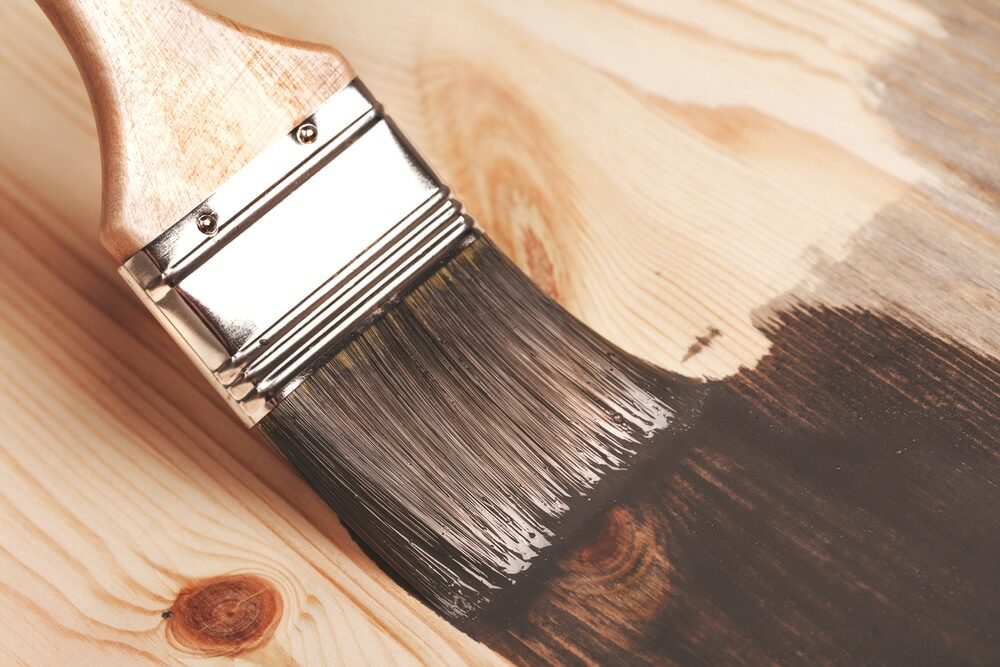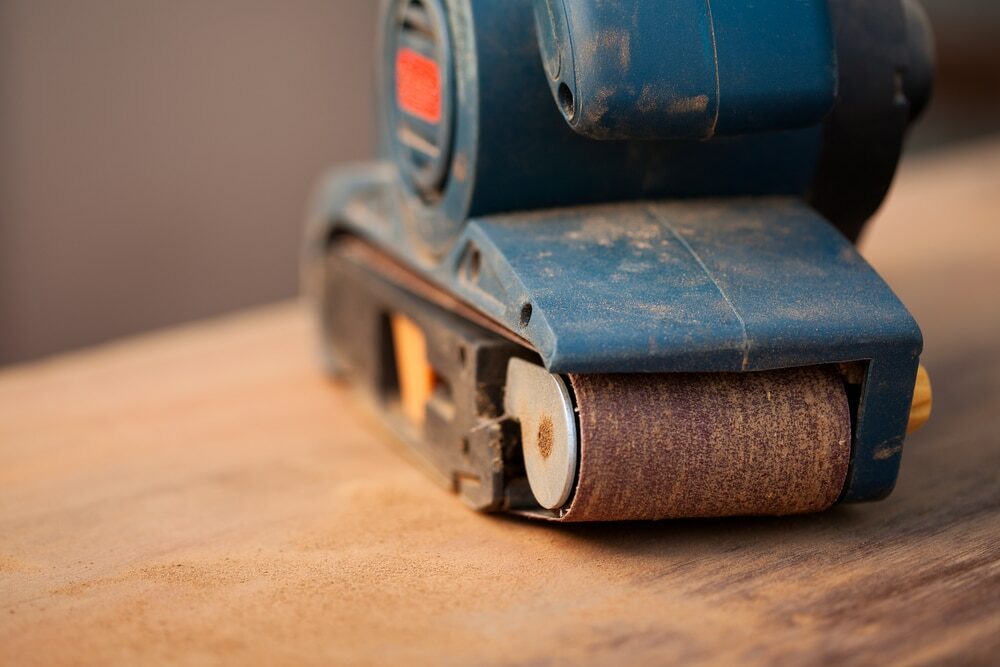London:
Nationwide:
The Pros and Cons of Orbital Sanding for Floor Restoration
Posted on August 25, 2023
Floor sanding techniques
Orbital Sanding in Floor Restoration: An In-depth Analysis
For the craftsmen and artisans who painstakingly restore the wooden floors of our homes, choosing the right tool for the job is no trivial matter. It’s a blend of understanding the intricacies of the material and knowing how best to nurture it back to its former glory. Enter orbital sanders, the darling of many a floor restorer yet also a tool that draws the skepticism of traditionalists. Is orbital sanding the secret weapon for floor restoration, or is it an overhyped contender in woodwork?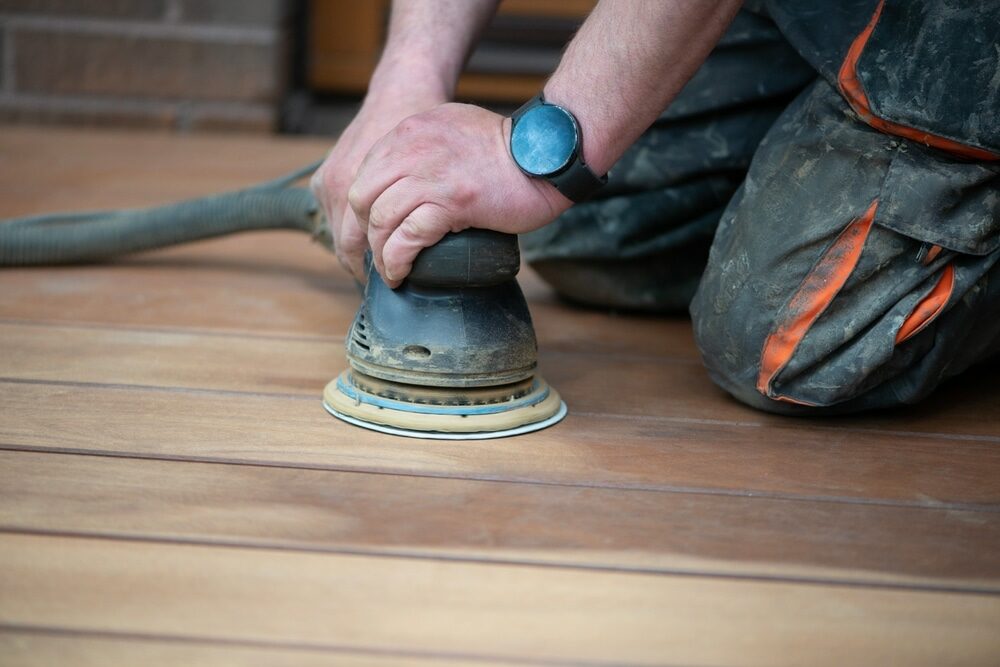
The age-old charm of wood
Before delving into the orbital debate, let’s appreciate the subject of our discussion: wood. From Georgian townhouses to Victorian villas, British homes have long been adorned with the natural charm of wooden floors. The scars, blemishes, and stories these floors harbor only add to their allure. The restorer’s role is to gently tease out this beauty without erasing the tales the wood tells.Orbiting the Subject: What is Orbital Sanding?
Orbital sanders are electric or battery-powered tools that move the sanding pad in a tight circular motion, or ‘orbit.’ Unlike traditional drum sanders that operate in a straight, back-and-forth motion, orbital sanders dance around the floor, promising a smoother, more even finish.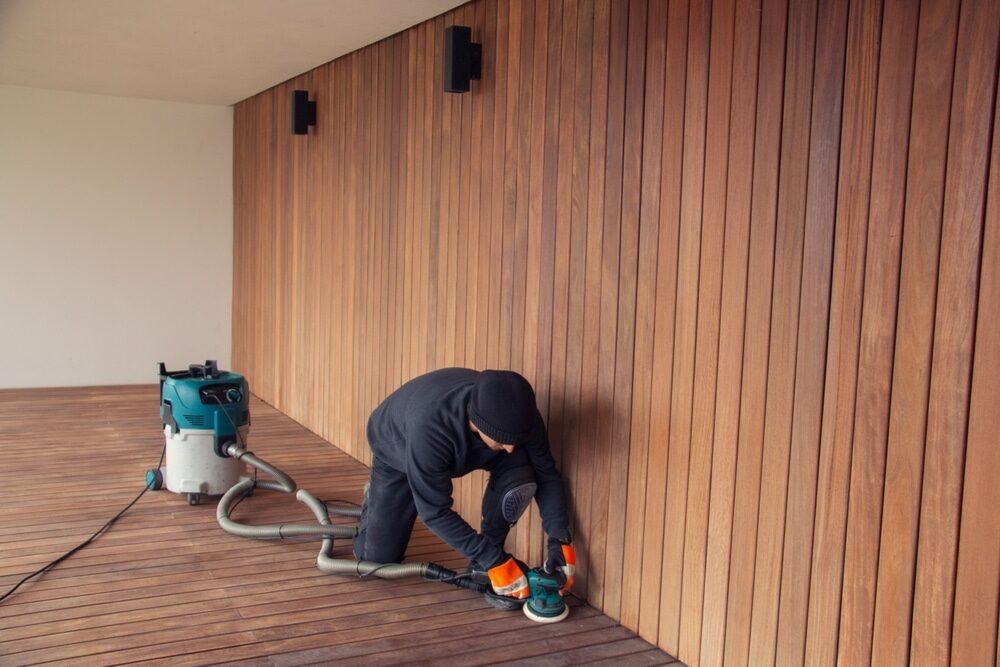
The advantages of orbital sanding
1. User-Friendliness: For the beginner or DIY enthusiast, the orbital sander offers a less intimidating introduction to the world of floor restoration. Its design reduces the chances of gouging the floor, a common pitfall for the inexperienced using a drum sander. 2. Versatility: Orbital sanders are adaptable. They can be used for light sanding jobs, to smooth out a finish, or for the more intensive tasks of removing old finishes and blemishes. 3. Finish: The circular motion of the orbital sander often results in a swirl-free finish, which is especially important when preparing floors for staining. 4. Edging: Their compact design makes them suitable for sanding edges or corners—where larger machines fear treading. 5. Dust Control: Modern orbital sanders have efficient dust collection systems. This results in a cleaner work environment and reduces the health risks associated with prolonged exposure to wood dust. 6. Gentle on Wood Grain: These sanders are incredibly gentle on the wood grain due to their orbital motion, reducing the risk of cross-grain scratching. This feature ensures a more natural and attractive wood finish with pronounced grain patterns. 7. Adaptability with Grits: Orbital sanders can be easily adapted to use a range of sandpaper grits. Whether starting with coarse grit for heavy-duty work and then transitioning to finer grits for finish sanding, the tool accommodates a seamless switch. 8. Reduced Vibration: Many users have found that orbital sanders offer a smoother operational experience due to reduced vibrations. This reduces fatigue during prolonged usage, enhancing the user’s comfort. 9. Ideal for Thin Planks: Floors with thinner wooden planks can be susceptible to aggressive sanding methods. Orbital sanders, being gentler, are often a safer choice for such delicate flooring. 10. No Need for Directional Sanding: Traditional sanders require users to sand in the direction of the wood grain to prevent unsightly marks. Orbital sanders, however, eliminate this concern, allowing multi-directional sanding without compromising the finish. 11. Perfect for Parquet and Inlaid Floors: The unique design of parquet and inlaid floors means that the wood grain runs in multiple directions in a small area. Orbital sanders shine in such situations, offering even sand without the danger of scratching against the grain. 12. Safety: Given their gentler approach and reduced risk of gouging, many consider orbital sanders to be safer, especially for those just venturing into the world of floor restoration.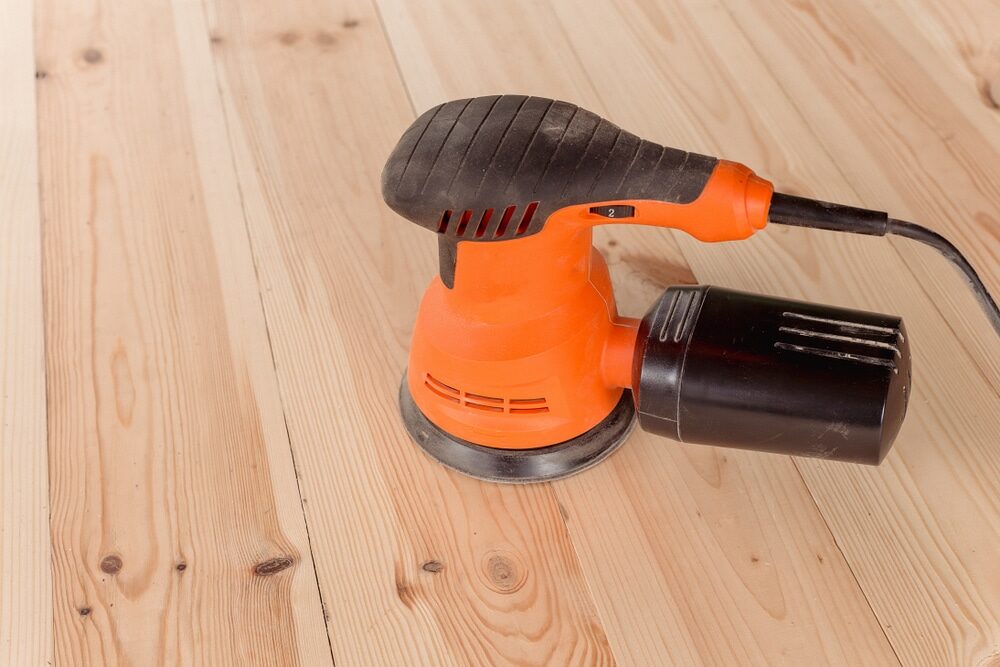
The disadvantages of orbital sanding
1. Time: The gentler approach of the orbital sander can be its downfall. On floors that require extensive material removal, an orbital sander can be considerably slower than its drum counterpart. 2. Depth: For those deeply scarred floors, which tell tales of centuries gone by, an orbital sander might not always provide the depth of sanding required to restore them fully. 3. Energy Efficiency: Especially in the case of battery-powered models, you might find yourself recharging or replacing batteries more often than you’d like.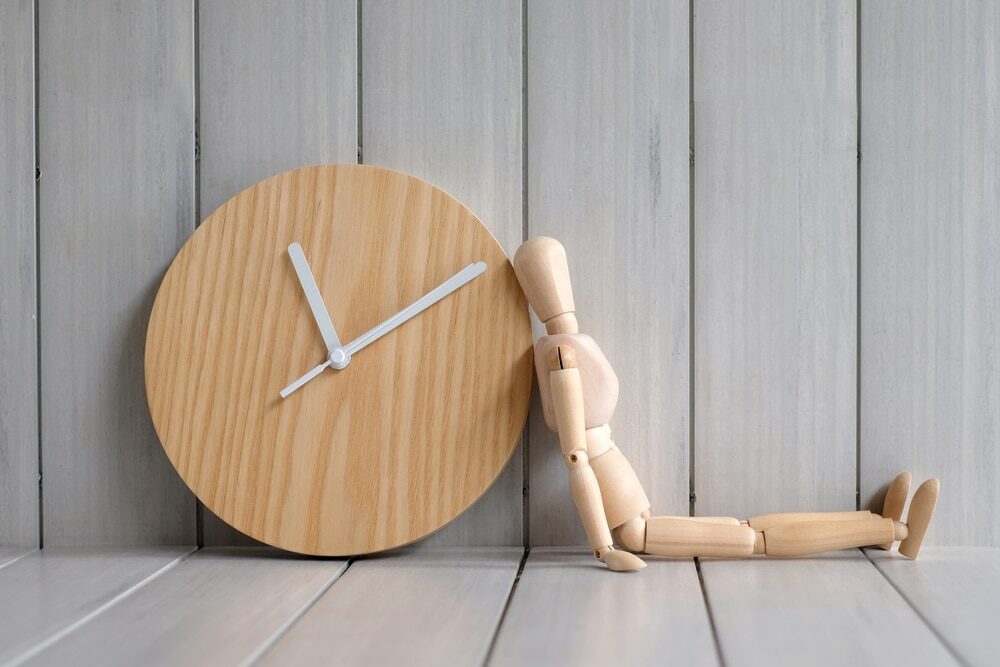
To orbit or not to orbit?
The choice between an orbital sander and a traditional drum sander boils down to the task and the craftsman’s experience. An orbital sander might be the most forgiving introduction for those new to floor restoration, allowing them to hone their skills without the ever-present threat of irreparably gouging their floor. Yet, for the seasoned artisan, the orbital sander becomes a tool among many to be chosen when its unique strengths can shine. It is not a replacement for the drum sander but rather its complement.Concluding Thoughts
Like many crafts, the world of floor restoration is one of nuance and subtlety. While the orbital sander offers distinct advantages, it is also essential to appreciate its limitations, In the hands of a skilled restorer, a floor can be brought back to life, and its stories told anew for future generations to cherish. Whether you choose to do so with an orbital sander, a drum sander, or a blend of the two, it is a matter of understanding your material, your tools, and the story you wish the floor to tell. And so, the next time you tread upon a restored wooden floor, spare a thought for the craftsman and the dance of machines that brought it back to life. Whether through the orbiting embrace of the orbital sander or the straight, determined path of the drum, the floor beneath your feet has been lovingly and carefully restored to stand the test of time.Some Useful Links:
- Stairs Sanding & Refinishing
- Floor Sanding Services
- School Floor Sanding
- Wood Floor Restorations
- Wood Floor Repairs
- Wood Floor Polishing
More from our Blog:
Understanding the Mechanics of Orbital Sanding How to Choose Between Drum Sanding and Hand Sanding of Wooden Floors The Most Effective Drum Sanding Techniques for Removing Scratches The Safety Precautions to Take When Using a Drum Sander for Floors How to Achieve a Smooth and Even Finish with a Drum Sander How to Choose the Right Abrasive Grit for Drum Sanding Floors The Benefits of Using a Professional Drum Sander for Floor Sanding
Sanding
We provide virtually dust-free sanding with our continuous belt machinery with mobile extraction units, giving you a safer environment for your family.
Oiling
This organic finish not only adds beauty to your home but also has exceptional water-repellent characteristics, making it easier to clean and maintain.
Waxing
This natural floor finish offers the softest and most mellow appearance – and leaves your floor able to breath.
Buffing
Using soft buffing machines (and hand-polishing where required) will bring a wonderful sheen to your newly-finished floor.
Repairs
We offer a full assessment of your wooden floors to determine what repairs are needed to provide the perfect working surface for the later stages of sanding, staining and sealing.
Restoration
We offer a comprehensive restoration process designed to address floors that are improperly fitted or damaged over time through wear and tear.
Request a fixed price quote for your wood floor restoration now
Simply enter your postcode below to get started.
Services
Wood Floor Sanding Wood Floor Restoration Wood Floor Scratch Repair Squeaky Wood Floor Repair Parquet Floor Sanding Parquet Floor Restoration Commercial Floor Sanding Church Floor Sanding Community Centre Floor Sanding School Floor Sanding Gap Filling Gap Filling with ResinCopyright © Mr Sander®
Privacy & Cookies Terms & Conditions Complaints Procedure Cancellation Rights Sitemap